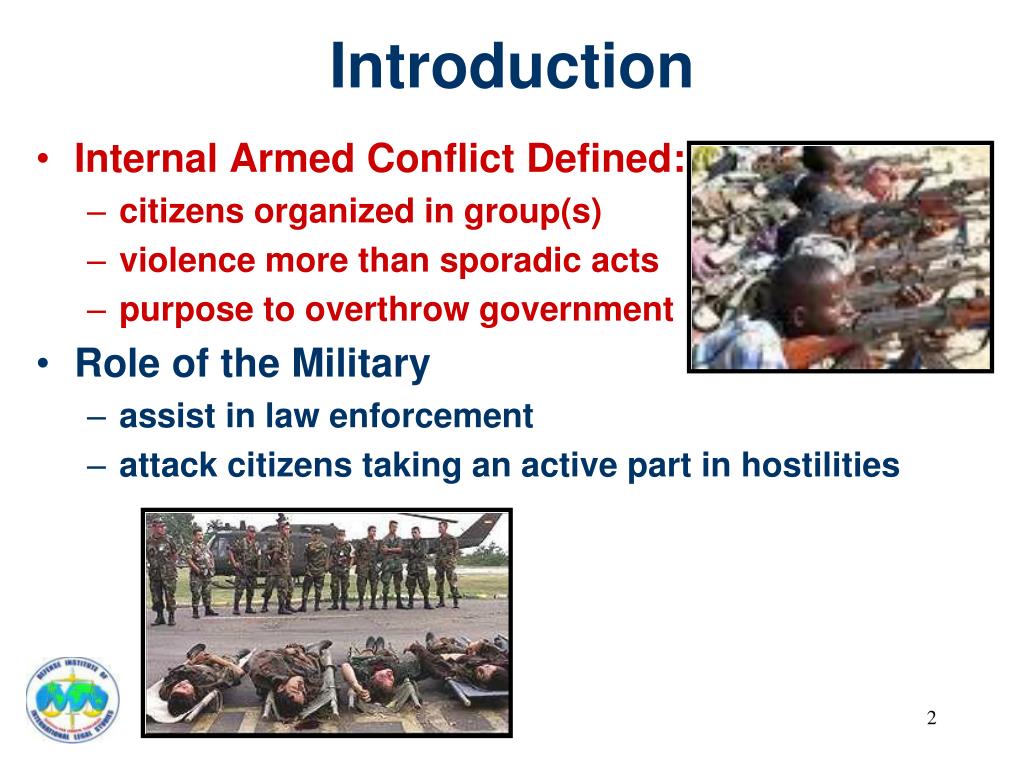

The Hague Convention IV of 1907 replaced the 1864 Geneva Convention. The distinctive sign of the red cross on a white ground.Neutrality (inviolability) of medical personnel and medical establishments and units.Relief to the wounded without any distinction as to nationality.The main principles of the convention were: The 1864 Geneva Convention was influenced by the Lieber Code and is known as the ‘Convention for the Amelioration of the Condition of the Wounded Armies in the Field’ (ICRC 2014).

It is designed to protect civilians and limit hostilities in war and is based on governments maintaining a balance between preserving human dignity and the use of military necessity enforced by a set of laws. The Lieber Code is a military order containing 157 articles that instruct soldiers in conflict of their obligations and permitted conduct during war. On April 24 1863, the Lieber Code was adopted by the United States Army and would have a strong influence on future codifications of the laws of armed conflict, as it was the first attempt to codify customs and practices of war, into laws (Red Cross 4). The law of armed conflict applies to internal and international conflict and is designed to protect human values.Ĭontemporary law of armed conflict dates from the American Civil War when Francis Lieber was asked by President Abraham Lincoln to draft and codify the laws of war in order to to regulate armed conflict (Red Cross 1). Violence in war is often carried out through the destruction and devastation of both human and material values (Harold et al., 4) because of this attempts have been made to devise limits in through the law against the use of coercion and violence by governments in times of conflict. The law of armed conflict is defined as the requirement of states to use their military capabilities while ensuring that humanitarian values are being observed although the two have irreconcilable differences they must be mutually consistent in order to protect civilians in armed conflict situations (Harold et al., 4).


 0 kommentar(er)
0 kommentar(er)
